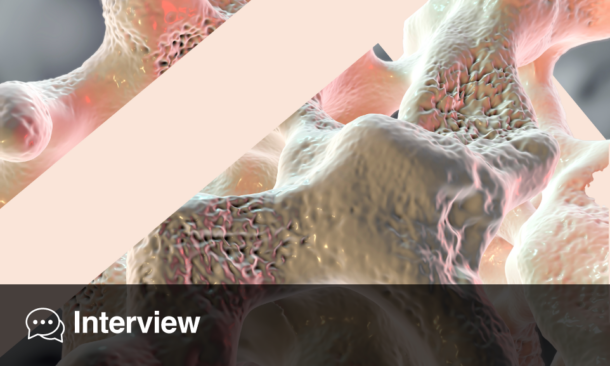PROTEIN called Prmt5 is key to the regulation of the activity and function of muscle stem cells in injured skeletal muscles, as revealed by researchers from the Max Planck Institute for Heart and Lung Research, Bad Nauheim, Germany.
The presence of satellite cells in skeletal muscles has been common scientific knowledge for decades. The small, spherical stem cells are situated in the muscle, between the individual muscle fibres. In their normal state, they are almost completely inactive. When a muscle is injured, however, they quickly become active. In a very short time the satellite cells start to proliferate, subsequently healing the injury by replacing damaged muscle fibres.
When satellite cells respond to injury, their transition from an inactive state to one of increased activity must be perfectly balanced. Uncontrolled proliferation of satellite cells in healthy muscle tissue increases tumour risk. However, muscle regeneration is hindered if the satellite cells are not activated quickly enough in the event of injury.
In isolated muscle stem cells drawn from mice, scientists led by Prof Dr Thomas Braun identified 120 genes instrumental for the function of satellite cells. The researchers then tested the effect of switching off one of these genes, Prmt5, in the satellite cells of adult mice.
“In healthy mice, switching off Prmt5 in the satellite cells had no effect on the muscles. But when the mice had a muscle injury, the results were completely different,” said Mr Ting Zhang, lead study author, Max Planck Institute for Heart and Lung Research. “Instead of growing new muscle tissue, the mice without Prmt5 eventually developed clear signs of fibrosis.”
The team performed further studies to examine how Prmt5 regulates muscle regeneration. In mice lacking Prmt5, the number of satellite cells was noticeably fewer. It appeared that the gene is an important factor in regulating proliferation activity. Additionally, the results suggested that Prmt5 also stops satellite cells from dying prematurely and plays a key role in transforming them into functional muscle fibres.
The team hopes that these findings will provide them with a better understanding of muscle disorders in humans. “The loss of muscle tissue in the absence of Prmt5 shows clear parallels to degenerative muscle disorders such as Duchenne muscular dystrophy,” said Dr Johnny Kim, Max Planck Institute for Heart and Lung Research.
(Image: freeimages.com)







